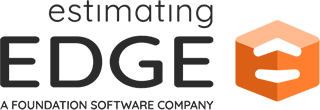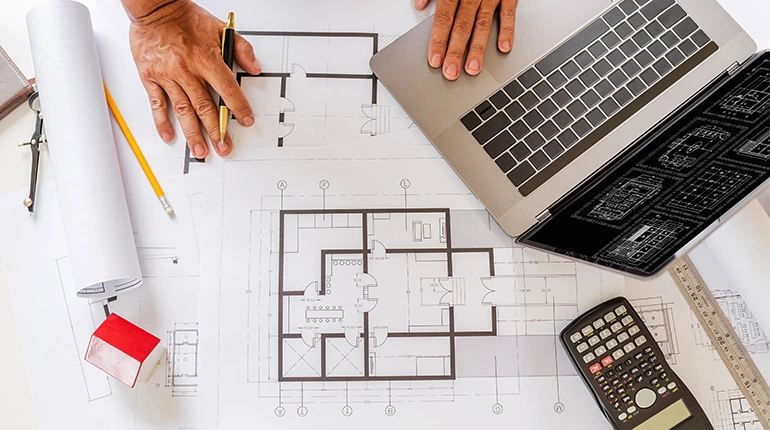
The construction estimating process is complex, but accurate and efficient estimating acts as the cornerstone for a successful project. Estimating establishes an accurate budget, provides a detailed list of necessary materials, evaluates all labor requirements, and lists out all potential expenses, all of which directly affect the bidding process. And no matter your level of experience, navigating the complexities of cost estimation can be challenging.
Streamlining your construction estimating process can help ease the challenge. Whether it’s harnessing cutting-edge technology, tapping into historical data, or fostering seamless collaboration, these strategies are designed to simplify your workflow and enhance the accuracy of your estimates.
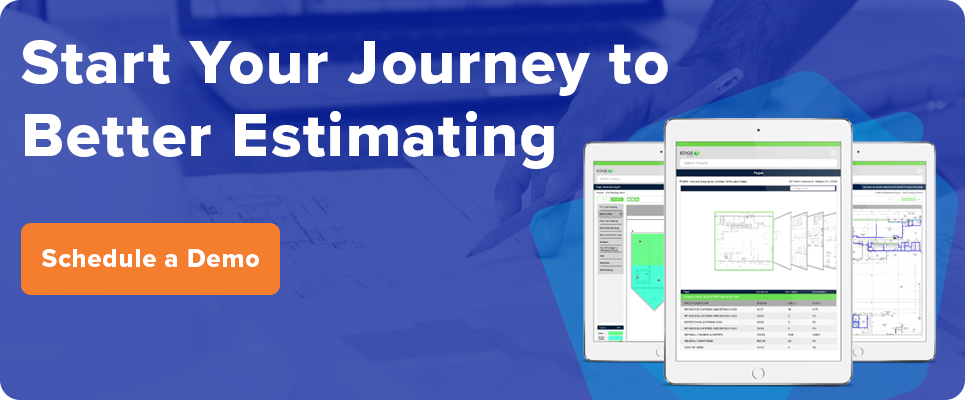
Here are five invaluable tips construction estimators can use to help optimize their project estimation workflow.
(Check out our article, Three Things to Consider Before Purchasing Estimating Software, for more great information.)

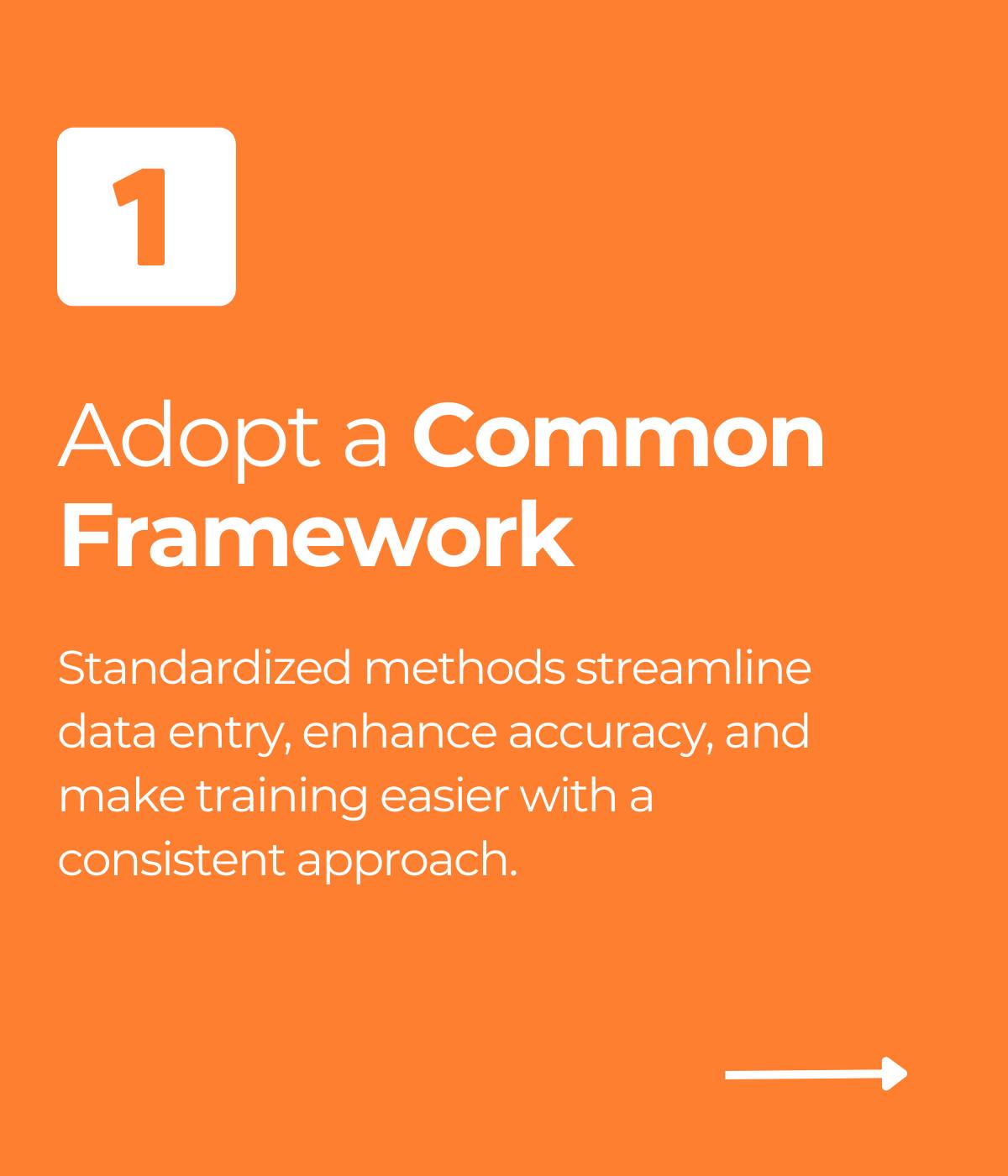

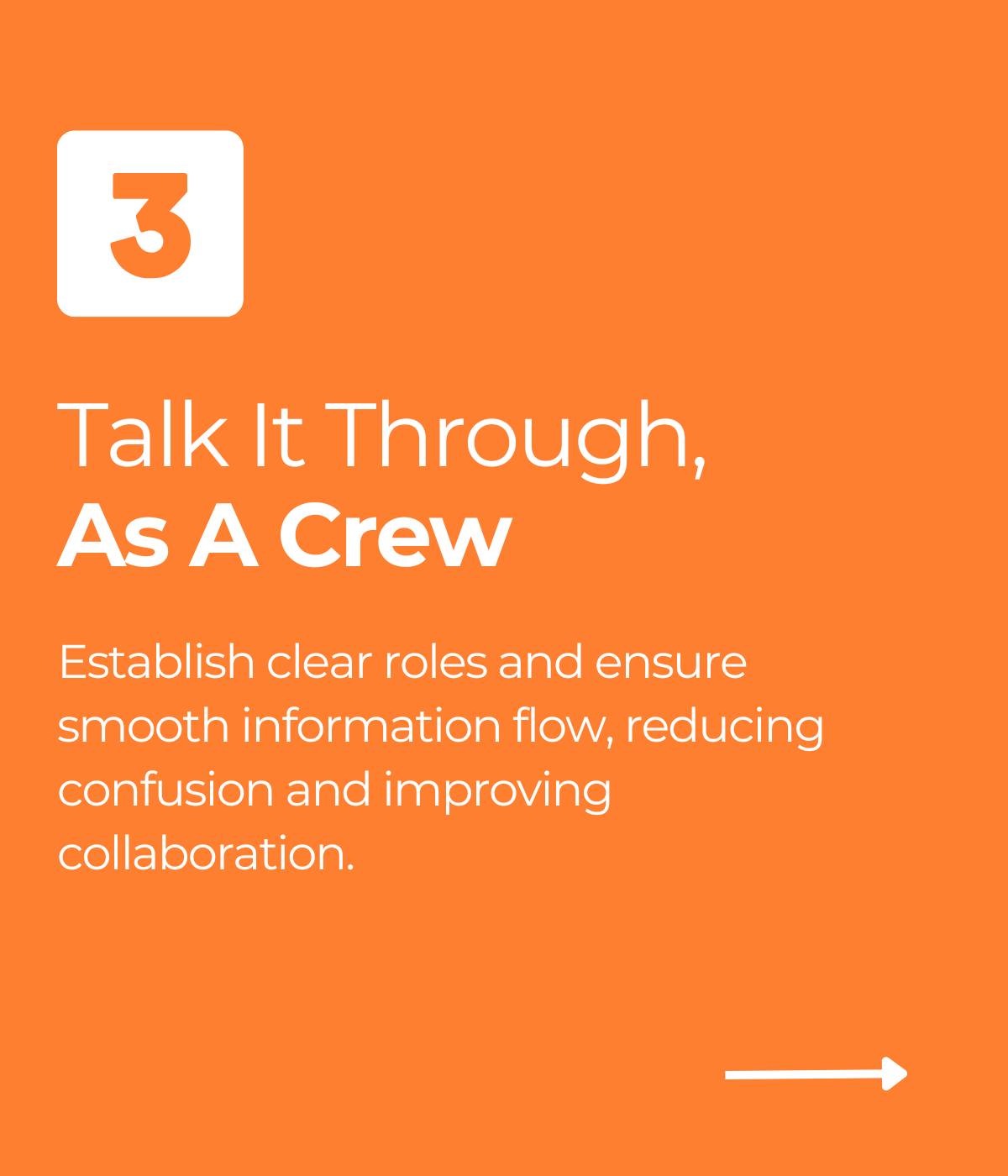
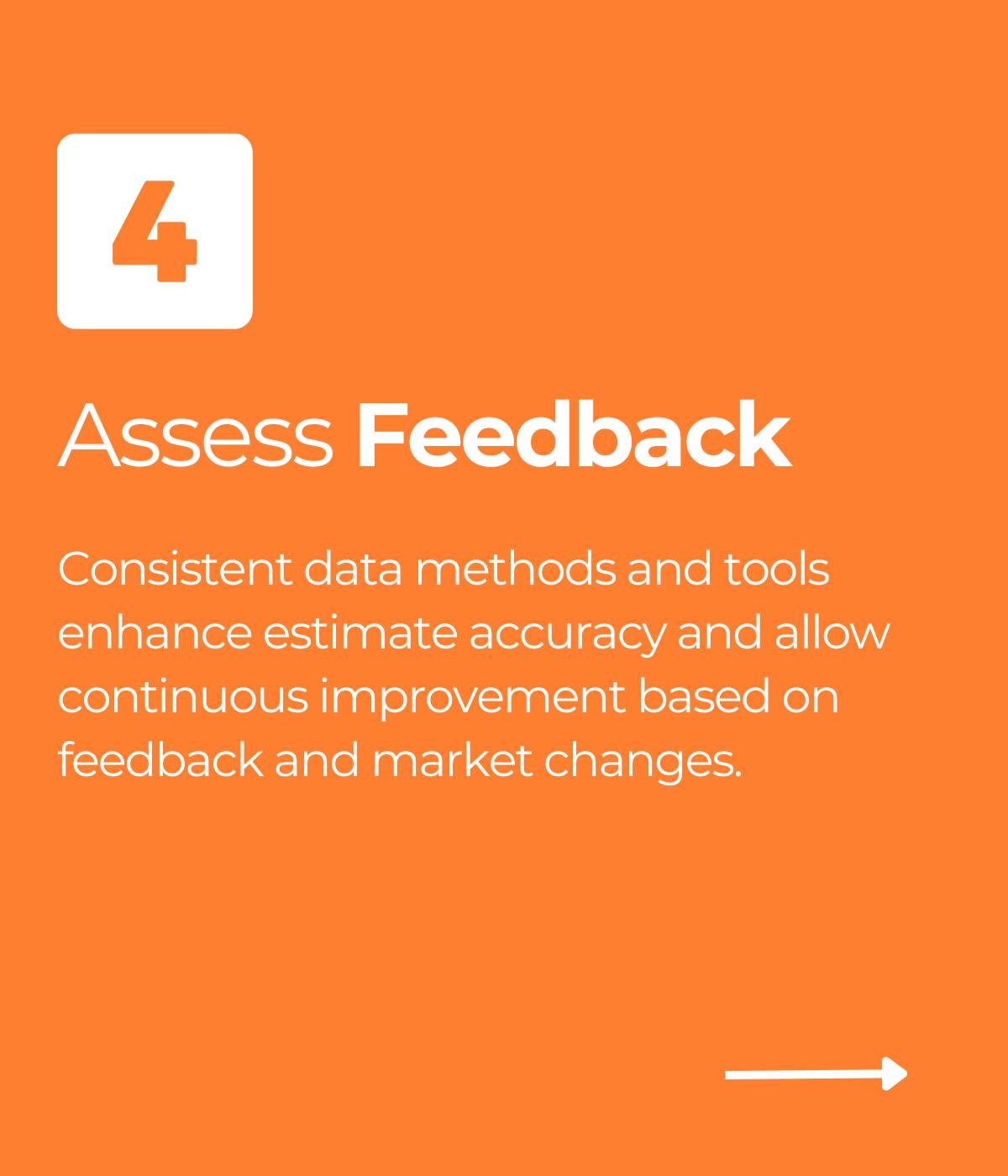
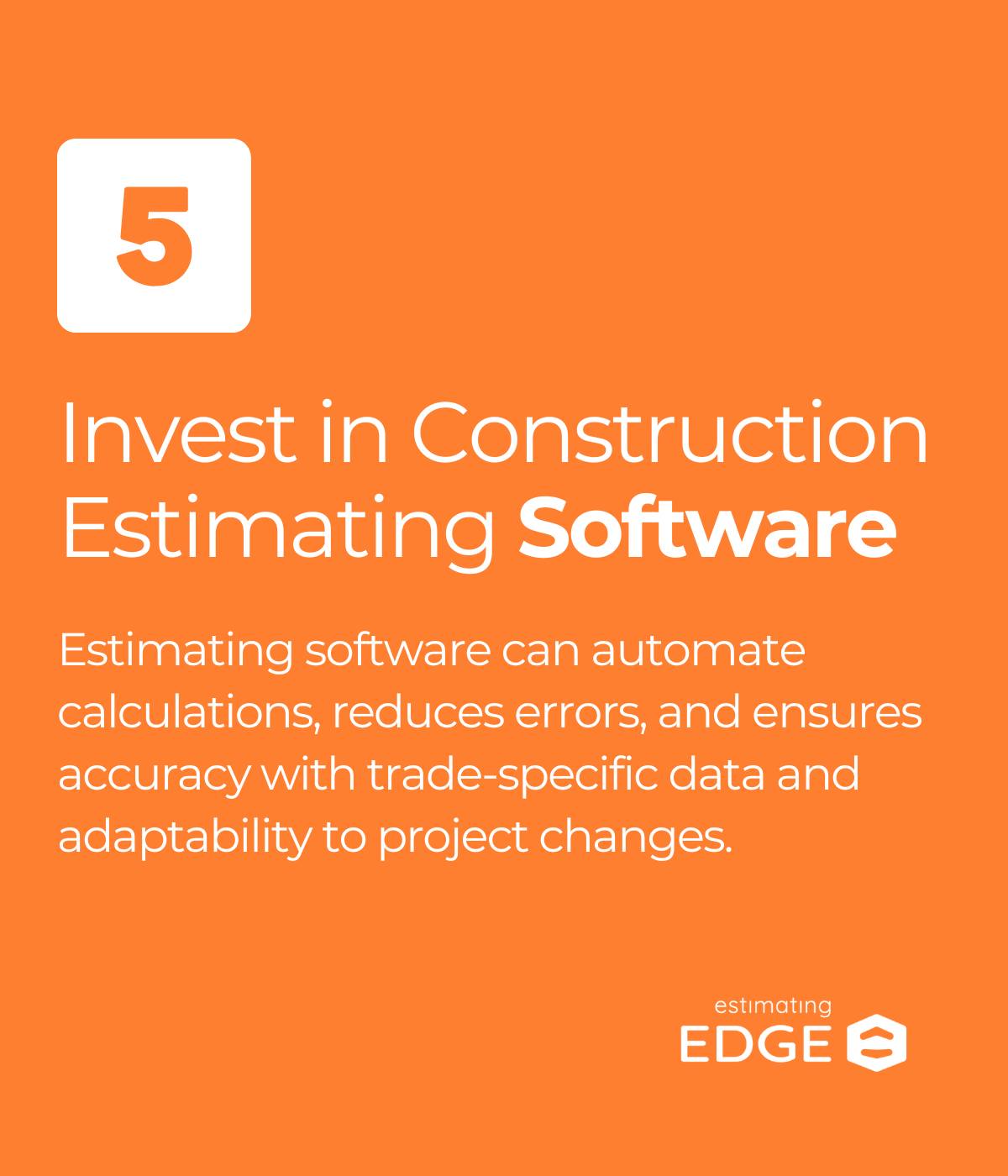
Key Takeaways
- Implementing common frameworks and templates reduces time spent on repetitive tasks while improving accuracy and making it easier to train new team members.
- Analyzing past project data helps identify patterns in over- or underestimation, enabling better cost predictions and risk assessment for future projects.
- Clear communication channels and defined roles among team members prevent duplication, reduce errors and ensure everyone understands project requirements and changes.
- Regularly collecting and analyzing feedback from completed projects, updating material databases and incorporating lessons learned keeps your estimating process current with market conditions.
- Investing in construction estimating software designed for your specific trade offers comprehensive databases, automated calculations and real-time project adaptability that significantly reduces errors and streamlines workflows.
Tip #1: Adopt a Common Framework
Standardized templates and processes make it easier for estimators to add information from one project to the other. Repeatability can help reduce the amount of time spent on tedious tasks, streamline the data input process, and enable quicker, more accurate calculations.
Standardized processes also make it easier to train new team members by establishing a common work method for each employee. Ensuring that everyone follows a cohesive approach to cost estimation not only simplifies the process but also enhances the reliability of an estimate.
Tip #2: Apply Past Lessons in Your Estimating Workflow
Estimators should always be collecting and analyzing project data. The lessons learned in past projects can be applied to improve future performance and outcomes. And by studying relevant metrics, patterns and trends can be identified and adjusted. Overall, estimators will better understand cost drivers, risks, and common challenges within their estimation methodology.
Review cost data from completed projects to see what has been consistently over or underestimated so you can adjust the expenses for future projects.
Tip #3: Talk It Through, As A Crew
Simplifying construction cost estimation means establishing clear roles and responsibilities for each team member involved in the process. This can help to avoid confusion, reduce the duplication of items, and eliminate gaps in knowledge.
Fostering an environment where information flows seamlessly between project managers, engineers, and other stakeholders is the most effective way to increase networking. Singular correspondence highways help to keep people informed and keep crucial conversations accessible in a central location.
For example, when a last-minute change order is added to the estimate, having a central platform where you can track change orders, communicate the changes on a project, and delegate tasks to accomplish the work can improve your project estimation workflow.
Utilize collaborative tools, such as a chat hub or mobile communication app, and conduct regular meetings to ensure that everyone involved has a shared understanding of the project requirements and timeline. Clear communication not only reduces the likelihood of misunderstandings but also enables real-time feedback and insights.
Tip #4: Assess Feedback to Improve Your Estimating Process
Implementing consistent methods and tools for collecting and analyzing data can help you improve the quality, accuracy, and reliability of your estimates. It can also help you to regularly review and update cost estimation procedures to incorporate lessons learned from completed projects.
Some common areas that need consistent updating include material databases to ensure pricing matches industry rates and labor rates, as they are subject to competitive circumstances such as skilled labor availability and labor shortages.
It’s helpful to embrace feedback from team members and stakeholders to identify further areas for improvement. Continuous refinement ensures that your company remains responsive to changing market conditions, updating technologies and industry best practices.
Tip #5: Invest in Construction Estimating Software
Estimating software can help streamline the construction estimating process. Software solutions can digitally measure and calculate quantities, instantly assign pricing, and automate costs.
Estimating software can help to significantly reduce errors and inaccuracies by creating detailed reports, offering data analysis, and determining comprehensive costs so estimators can see the overall picture more clearly. Estimating software also helps to adapt to any changes in a project and allows estimators to update quantities and expenses as the project evolves easily.
The best way to guarantee that project estimation is accurate is to utilize construction estimating software that is specific to your trade. Trade-specific estimating software will provide a comprehensive database that stays up to date on the current demands of specific materials, labor pricing, and building requirements related to your specialty.
For example, The EDGE® can help track costs throughout the project’s lifecycle with trade-specific estimating and digital takeoff databases for the acoustical, drywall, EIFS, fireproofing, flooring, painting, roofing, wall paneling, and waterproofing trades.
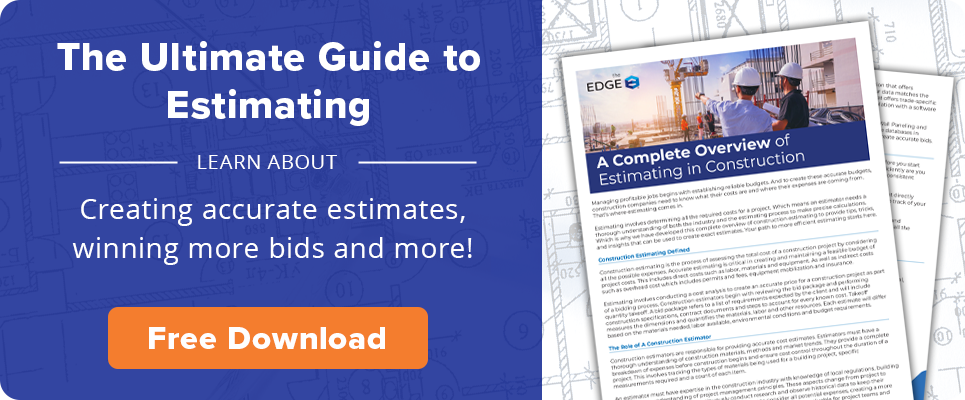
Streamline Your Estimating Process and Win More Projects
Applying these best practices can help you have more confidence in the bids you’re building. Although there’s no one-size-fits-all way to estimate, combining these strategies can help to streamline your construction estimating process, reduce errors, and enhance the overall efficiency of your company’s workflow.
If you’re ready to see how the EDGE can help you, click here to book your demo with one of our construction estimating software experts.

